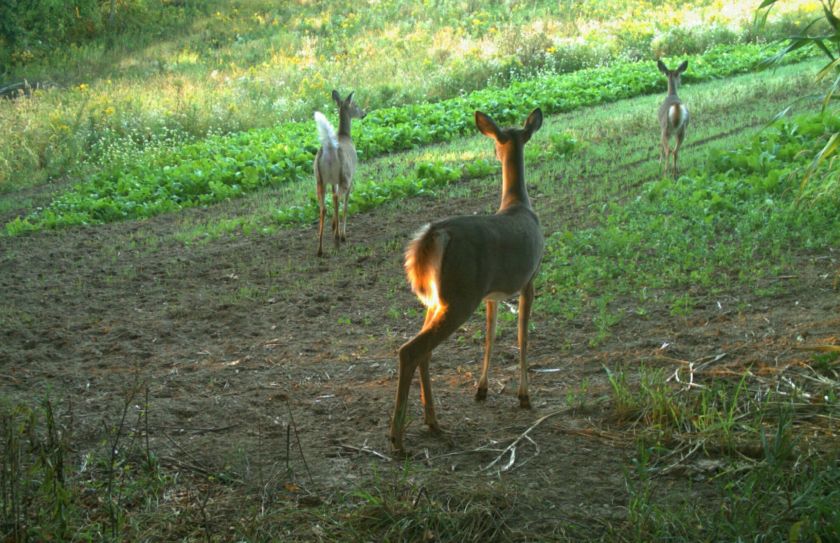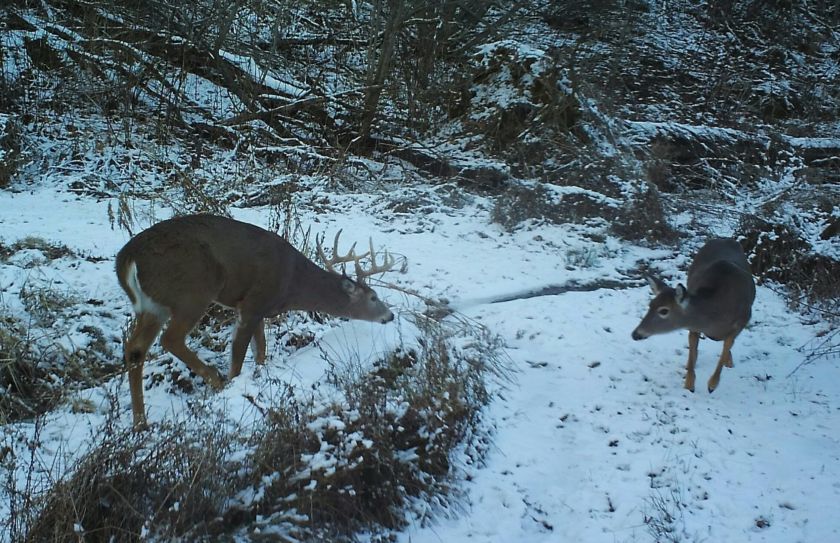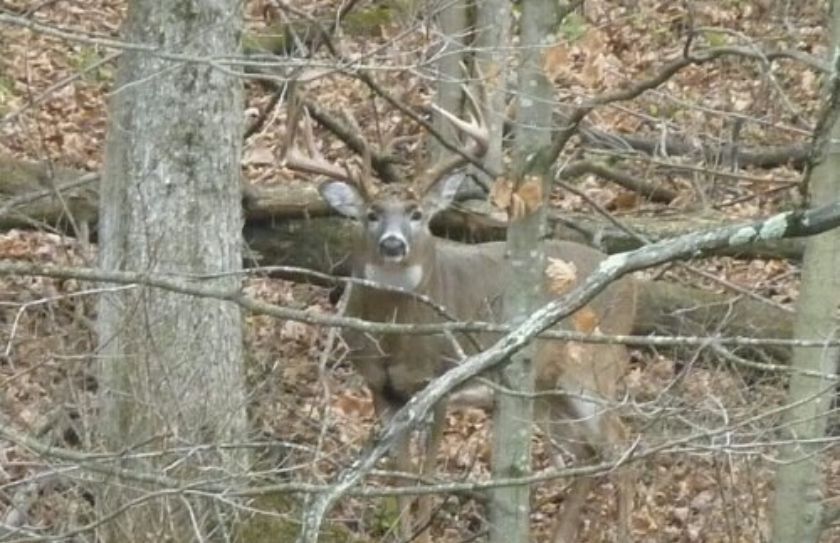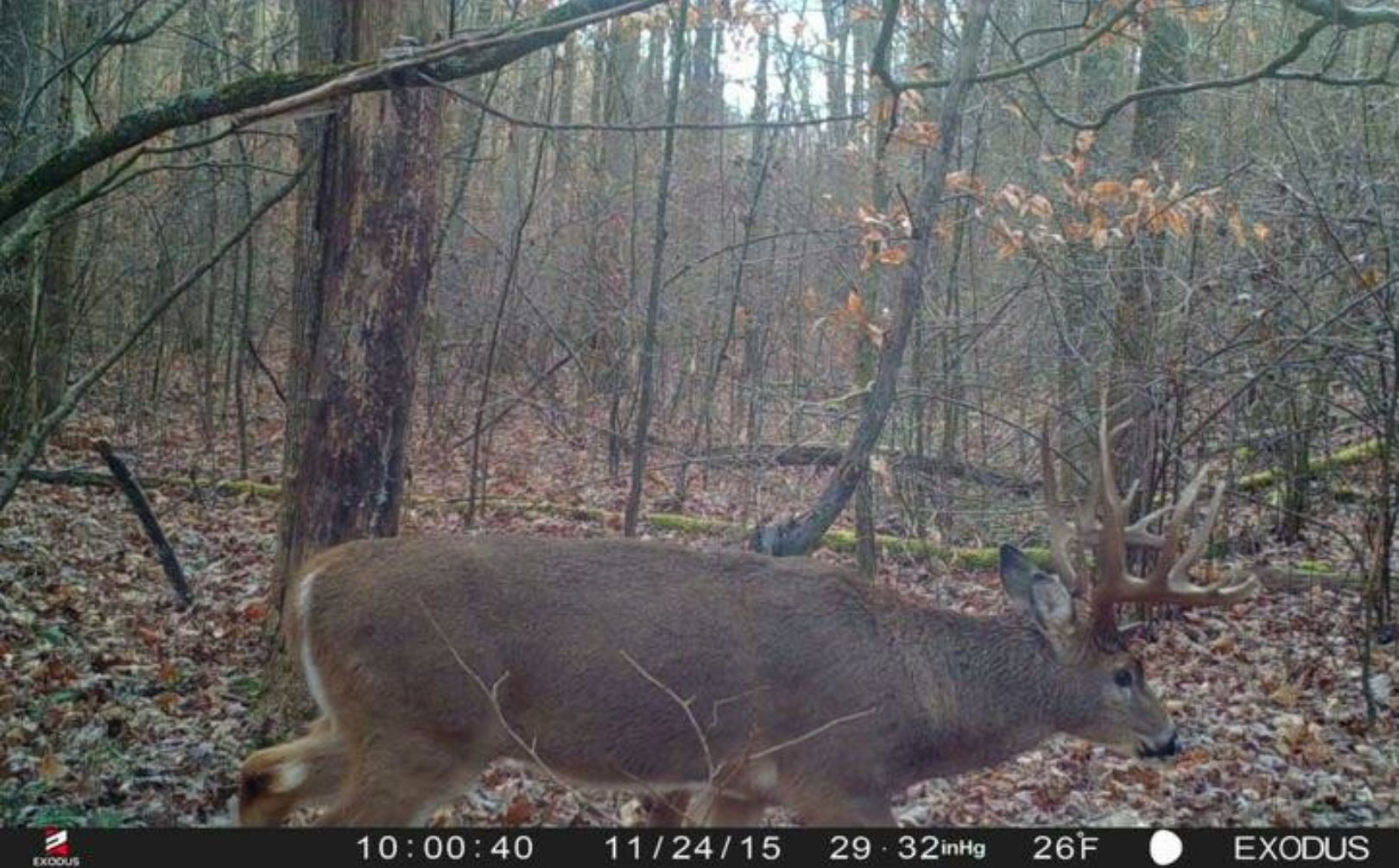
Managing whitetail herds takes more than great goals, solid guidelines and a lot of habitat work. It takes results. Something I constantly evaluate with my own whitetail management endeavors, is if am I actually doing any good for the local herd and if so, when and how? At times we get so wrapped up in our whitetail habitat and hunting pursuits, that it becomes extremely difficult to see past our management efforts, to accurately assess the results. The Summer months are typically the most misleading time of the year for not only managing whitetail herds, but for assessing your level of positive impact on the local herd. Personally, my goals include creating the best herds that I can within my limitations of land, time, money and number of hunters. My goal is also to hunt and harvest the best representations of the herds that I manage. Whitetail management goals are also a moving target. The ideal buck age structure, sex ratio and population number is influenced by so many factors there is really no right answer that can be applied to every circumstance. However, at least in the North 1/2 of the Country, there is a period of the year where you can accurately interpret your results: November.

*The tips in my Advanced Whitetail Strategy books can help you to positively manage whitetail herds on your land, including my latest book,"Mature Buck Success by Design".
Do your hunting results matter?
So much focus is on bucks and antlers. In fact, there are many in the whitetail industry that like to point out the negativity associated with "antler envy", and to an extent they are correct. The process of managing whitetail herds and hunting opportunities effectively, is extremely rewarding on many levels besides just big antlers. To boil it down to a chunk of bone is certainly missing the point. However, the lowest hole in the bucket theory has to be considered in just about every walk of life, and deer management is no exception.
From just about any angle, the lowest hole in the bucket of deer management involves bucks. Planting food plots, creating cool habitat improvements and attracting more deer than you even should is easy to do, while managing whitetail sex ratios, buck age structures and harvesting mature bucks take a whole lot more than great intentions. Even your ability to create a balanced deer population has as much to do with the male portion of the herd, as it does with the female portions. Considering the lowest hole in the bucket, if you have a hard time attracting does to the land or harvesting them when needed, then you can't quite start worrying about holding enough bucks to improve sex ratios or to create adequate buck age structures. How you are ultimately progressing -or not- in your whitetail management herd and hunting efforts falls squarely during the most intense portions of the hunting season, in particualr during the month of November.
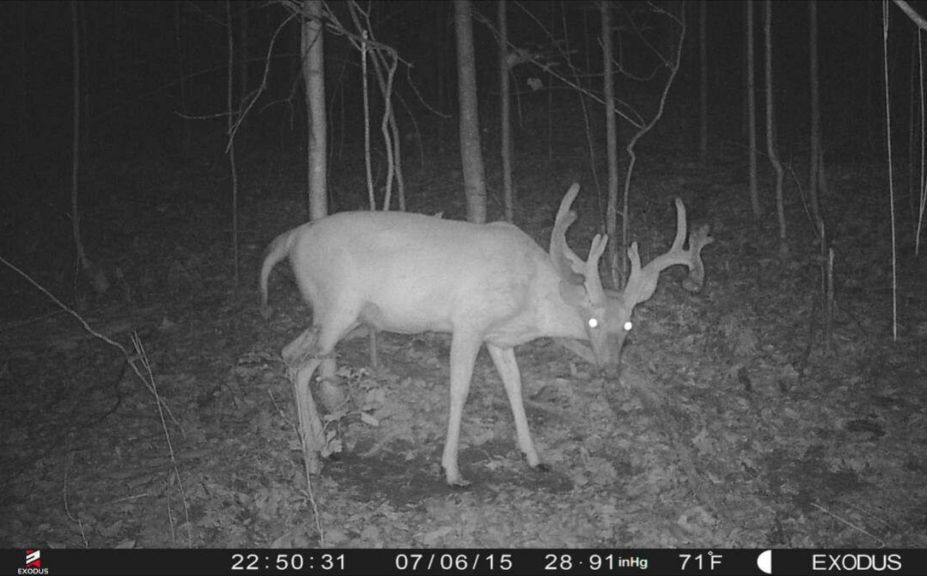
*It's not all about the bucks, or is it? Mature bucks are the most difficult piece of the puzzle for managing whitetail herds. At the same time, those old bucks can be tough to hunt! To make sure your hunting strategy is up to the challenge for your next target buck, check out "Target Buck Encounters".
Mid Season Whitetail Management Results Matter Greatly!
A reflection of a positive impact for your local herd will be revealed by several different indicators:
1) Buck Numbers Peaking
Buck numbers need to be peaking during the hunting season and not during the Summer or Winter months. Peaking buck numbers in November let you know that you have the greatest potential for not only shooting the oldest bucks in the neighborhood, but the greatest potential for influencing buck age structures, sex ratios and protecting younger bucks you would like to see live another year.
2) Oldest Bucks Frequently Harvested
To consistently shoot the oldest bucks in the neighborhood, you have to have them on the property in the first place. Mature bucks are by far (not even close) the most wary bucks in the herd so if you have them on the property regularily, your efforts are really paying off; even if you don't kill them. However, a lack of success with mature buck harvest typically indicates deeper potential problems of invasive hunting efforts and heavy amounts of hunting pressure. Poor hunting efforts and a lack of mature buck hunting success, typically don't match well with an ability to attract, hold and protect a buck herd. If the hunters on a particular chunk of ground routinely shoot the oldest bucks in the neighborhood, they are also the ones who are most likely shaping the age structure for the entire area, because the older age class of bucks is most likely not the only age class they are attracting, holding and protecting. You can't consistently kill what you don't consistently attract.
3) Doe Herd Set Up
If the local antlerless herd is easy to harvest on your land during the most hunter-pressured portions of the season, you are making a positive impact. But setting up your doe herd for easy harvest is only a portion of the equation. By making sure that the doe herd is harvestable, you have the ability to raise or lower populations number as needed. However, it is important to keep in mind that if you aren't managing the buck herd and buck hunt properly, the doe herd will most likely be difficult to hunt as well. You set up the doe herd for easy pickings, by first practicing quality mature buck hunting and management techniques.
Are You Positively Managing Whitetail Herds:
Do antlers matter? They sure do, because with the male portion of the herd being one of the lowest holes in the bucket, they are one of the strongest signs that your efforts are working. Results matter. They matter in your career, they matter in much of life and they matter when it comes to whitetail herd management efforts. Sex ratios, buck age structures and populations maintained in balance with the habitat are all sure signs that your efforts are paying off. If you let the month of November reveal your true results, you can accurately assess your level of positive impact because great deer herds are built during the middle of the hunting season and not during the middle of the Summer.
